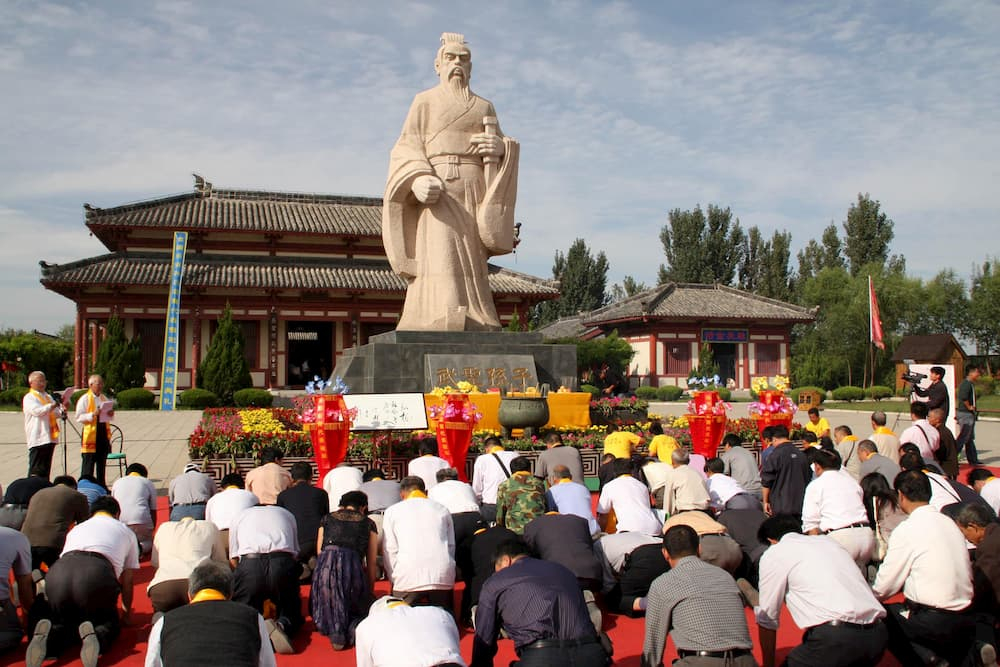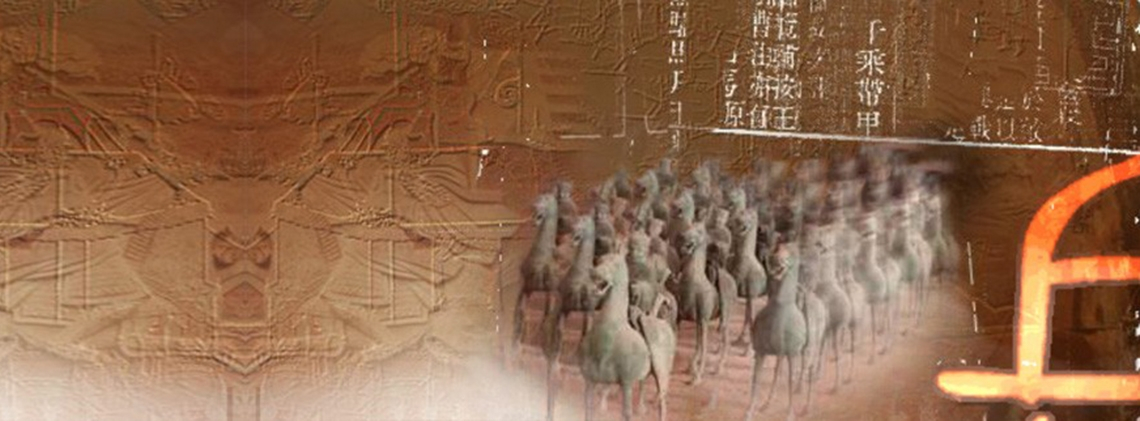
Sunzi
Splendid
Chi Culture
Topic
Sunzi
Sunzi(孫子), or Sun Tzu (545–470 BCE), author of the world’s most influential military treatise Sunzi bingfa(《孫子兵法》), or The Art of War, was a great military strategist in ancient China.
Two monumental Chinese historical works Shi ji (Records of the historian) and Han shu (History of the Former Han) both touch on the life of Sunzi briefly, so briefly that dates of his birth and death are unspecified, wrapping him in mystery.
Born in the state of Qi (modern Shandong province) during the Spring and Autumn period (770–476 BCE), Sunzi lived in an age of social turbulence and transformation. His grandfather, a talented military leader with glorious exploits, and his father both served as state officials. To survive the intense factionalism among the Qi aristocracy, the Sun family fled south to the state of Wu in today’s Jiangsu province.
Having devoted himself to the study of military strategy in Wu, Sunzi was recognized by King Helü(闔閭) (r. 514–496 BCE) as a rare talent. Following his appointment as general, Sunzi assisted the king in a series of reforms to strengthen the state, and led troops in defeating the states of Chu in the west, Yue in the south, and Qi in the north. Later finding the king a greedy, belligerent tyrant who was not meant for greatness, Sunzi resigned and led a solitary life until his death, which some believe was not natural. His tomb is located in today’s Lumu town, Wu county in Jiangsu province.
Sunzi was an experienced military commander and his treatise The Art of War has become required reading for later military strategists. In 6,000-odd Chinese characters, the thirteen-chapter book elaborates on a wide range of military tactics. The first chapter is “laying plans” and the last is “using spies.” Between these two, Sunzi dealt with: the waging of war, strategy, tactics, strategic forces, illusion and reality, combat, the nine variations, troop movements, terrain types, the nine situations, and incendiary fighting.
The Art of War, which appeared in the cold-weapons era, discusses general principles of warfare and summarizes them into three essential principles: cautious engagement, quick victory, and deceiving the enemy.
Cautious engagement not only referred to carefully considering whether victory can be earned, but also to being prudent in triumph. An excellent military strategist, who proposed military force as a last resort, Sunzi said that “the greatest victory is to win a war without using force.” The Art of War also suggests in its opening lines that “the art of war is of vital importance to the state. It is a matter of life and death, a road either to safety or to ruin. Hence it is a subject of inquiry which can on no account be neglected.”
Achieving complete victory with rapid strikes is the core concept of Sunzi’s military thinking: “In war, then, let your prized objective be victory, not lengthy campaigns.”
Sunzi preferred taking initiatives in war, and proposed fighting on the enemy’s territory instead of home soil. He also emphasized the importance of concealing strategic intent by political and military subterfuge.
The Art of War has circulated broadly since its completion. Cao Cao(曹操) (155–220), the great strategist of the Three States period (220–280), wrote the first commentary to the book and it was soon followed by many others. In pre-modern times over 180 people wrote commentaries. In modern times, experts on the book have included Lin Zexu(林則徐) (1785–1950), Zeng Guofan(曾國藩) (1811–1872), Zuo Zongtang(左宗棠) (1812–1885), and Sun Yat-sen(孫逸仙) (1866–1925), along with Mao Zedong(毛澤東) (1893–1976), who was known to have fully mastered and nimbly made use of it. The book was first introduced to France in 1772, and was then widely circulated in Europe and America. The United States Military Academy (West Point) lists The Art of War as one of the military classics to be read by its cadets.




